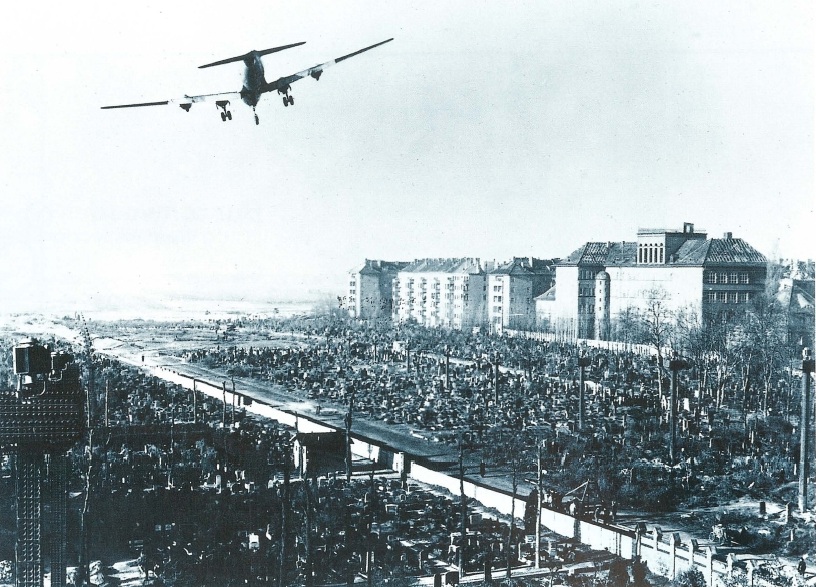
16 April 1949: During the Berlin Airlift, airplanes delivered a record 12,941 tons (11,740 metric tons) of coal—equivalent to 600 rail carloads—to the blockaded city during a 24-hour period. This required 1,383 flights.
© 2015, Bryan R. Swopes

16 April 1949: During the Berlin Airlift, airplanes delivered a record 12,941 tons (11,740 metric tons) of coal—equivalent to 600 rail carloads—to the blockaded city during a 24-hour period. This required 1,383 flights.
© 2015, Bryan R. Swopes
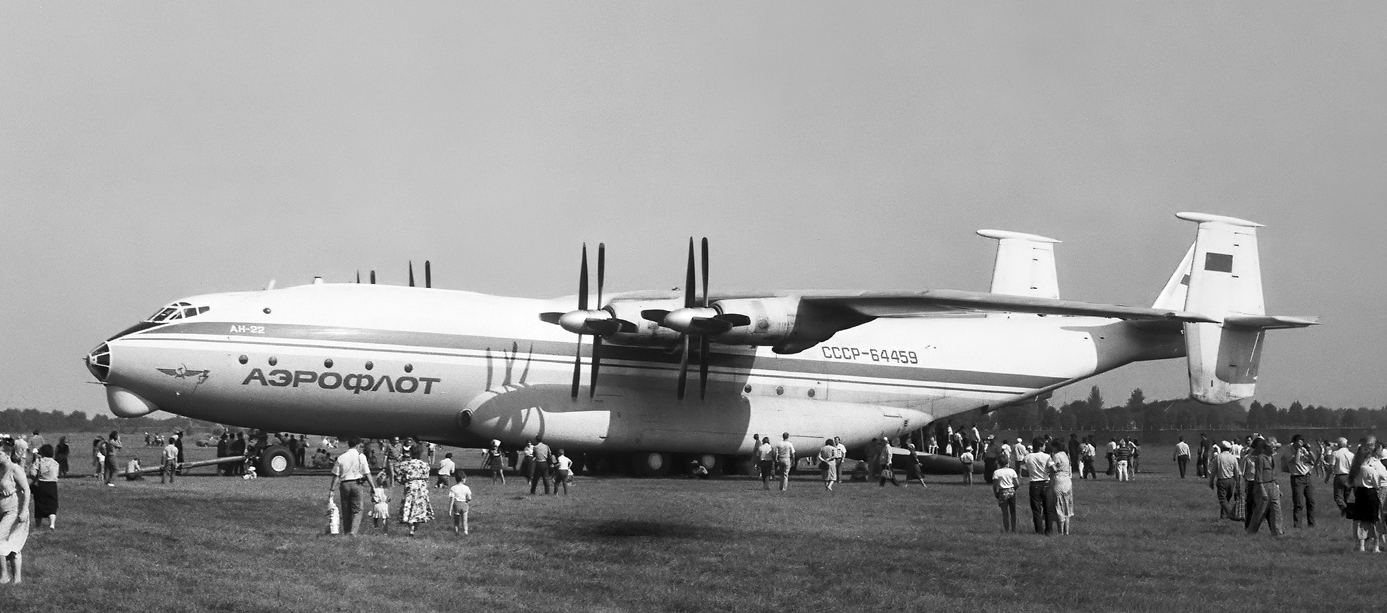
 27 February 1965: The first flight of the Antonov Design Bureau An-22 Antheus took place at Sviatoshyn Airfield, Kiev, Ukraine. The An-22 was the world’s largest airplane at the time, and it remains the world’s largest turboprop airplane.
27 February 1965: The first flight of the Antonov Design Bureau An-22 Antheus took place at Sviatoshyn Airfield, Kiev, Ukraine. The An-22 was the world’s largest airplane at the time, and it remains the world’s largest turboprop airplane.
The An-22 is 57.9 meters (190.0 feet) long with a wingspan of 64.40 meters (211.29 feet) and overall height of 12.53 meters (41.11 feet). The heavy-lift strategic transport has an empty weight of 114,000 kilograms (251,327 pounds) and maximum takeoff weight of 250,000 kilograms (551,156 pounds). It is powered by four Kuznetsov NK-12MA turboprop engines producing 15,000 horsepower, each, and which drive eight four-bladed, counter-rotating propellers.
The An-22 is operated by a flight crew of six and can carry 29 passengers, It’s payload capacity is 80,000 kilograms (176,370 pounds). It has a maximum speed of 740 kilometers per hour (460 miles per hour) and a range of 5,000 kilometers (3,107 miles) with a maximum payload.
Antonov produced 66 An-22 transports at the Tashkent Aircraft Production Corporation at Tashkent, Uzbekistan, between 1965 and 1976. 28 of these were the AN-22A variant. Several remain in service.
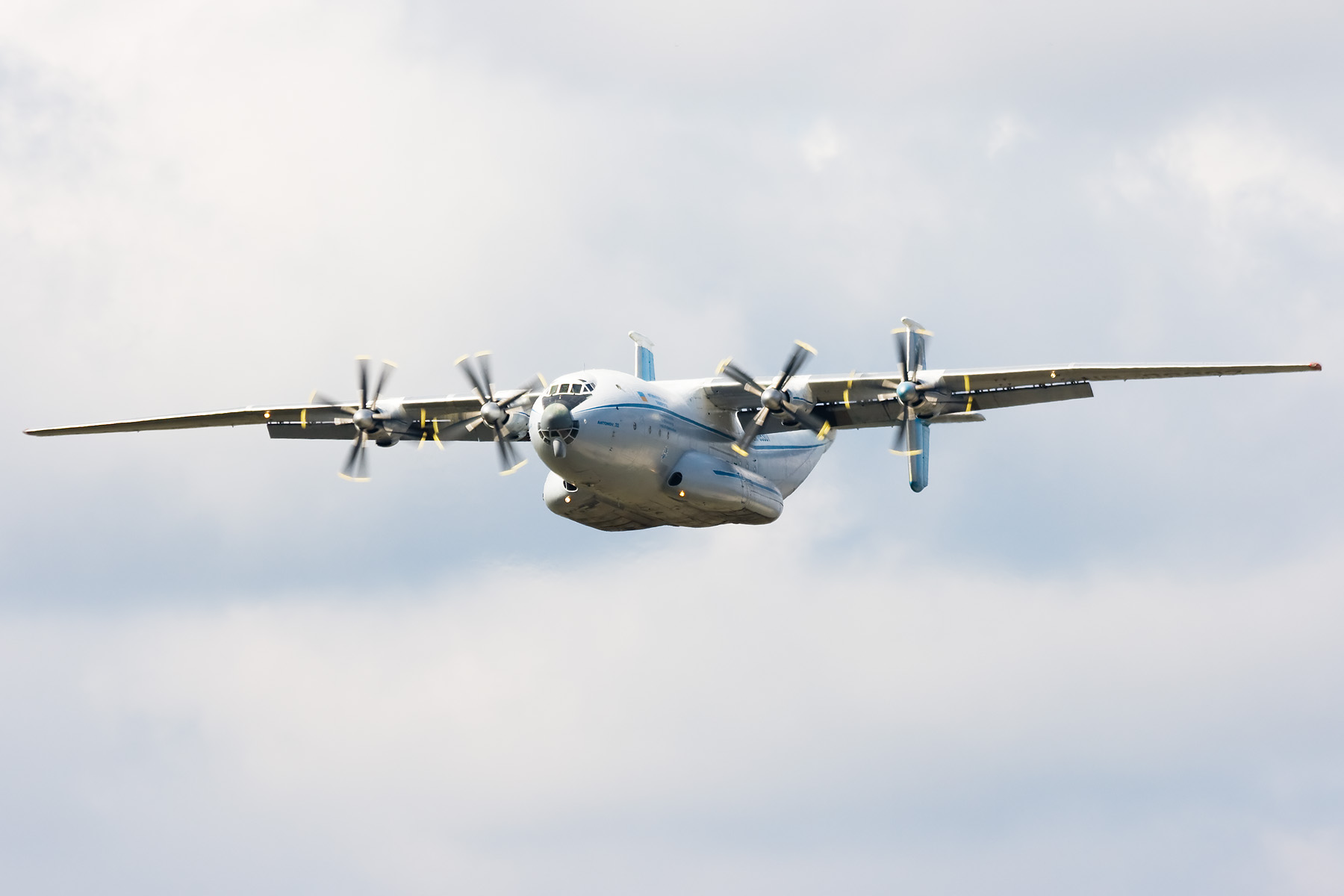
© 2019, Bryan R. Swopes
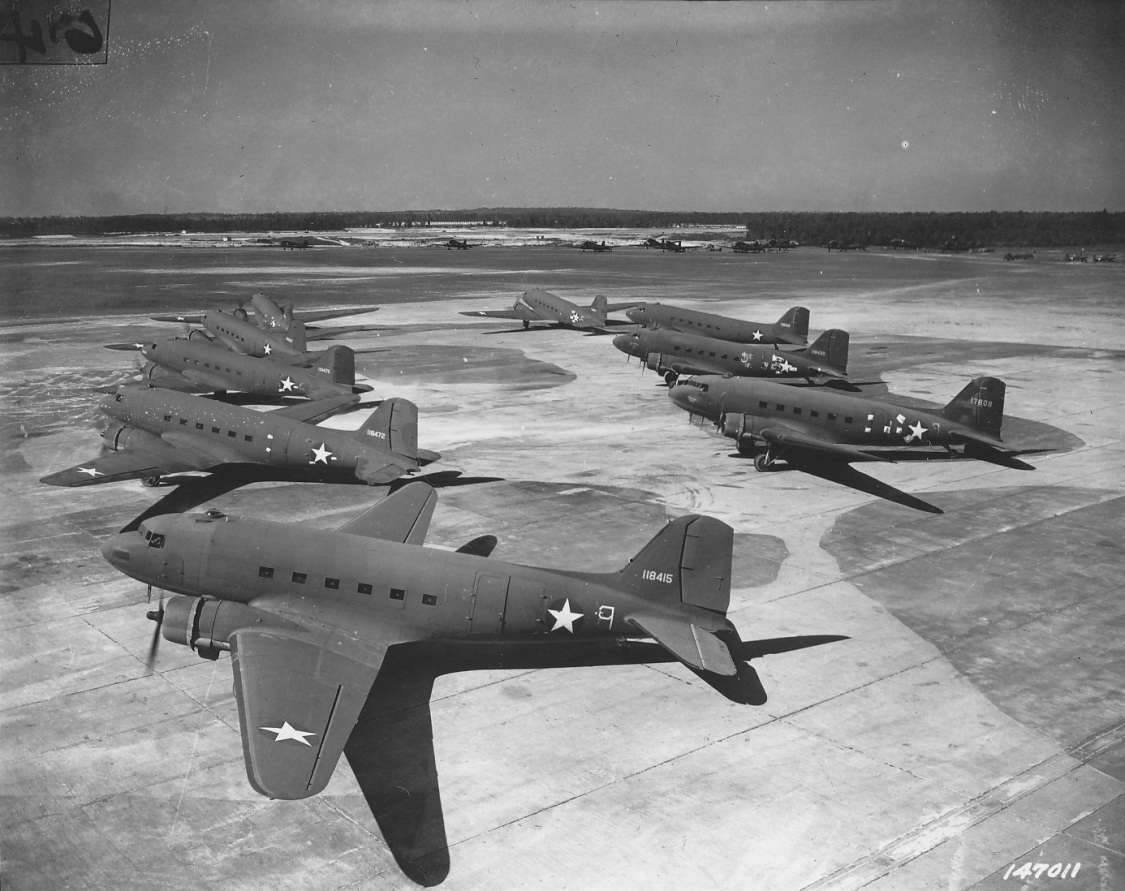
 23 December 1941: Although hundreds of Douglas DC-3 commercial transports had been impressed into military service directly from the production line and designated C-48, C-49 and C-50, the first airplane of the type specifically built as a military transport, C-47 Skytrain 41-7722, made its first flight at Daugherty Field, Long Beach, California, on this date. More than 10,000 C-47s would follow. In service with the United States Navy, the Skytrain was designated R4D-1. In British service, it was called the Dakota Mk.I.
23 December 1941: Although hundreds of Douglas DC-3 commercial transports had been impressed into military service directly from the production line and designated C-48, C-49 and C-50, the first airplane of the type specifically built as a military transport, C-47 Skytrain 41-7722, made its first flight at Daugherty Field, Long Beach, California, on this date. More than 10,000 C-47s would follow. In service with the United States Navy, the Skytrain was designated R4D-1. In British service, it was called the Dakota Mk.I.
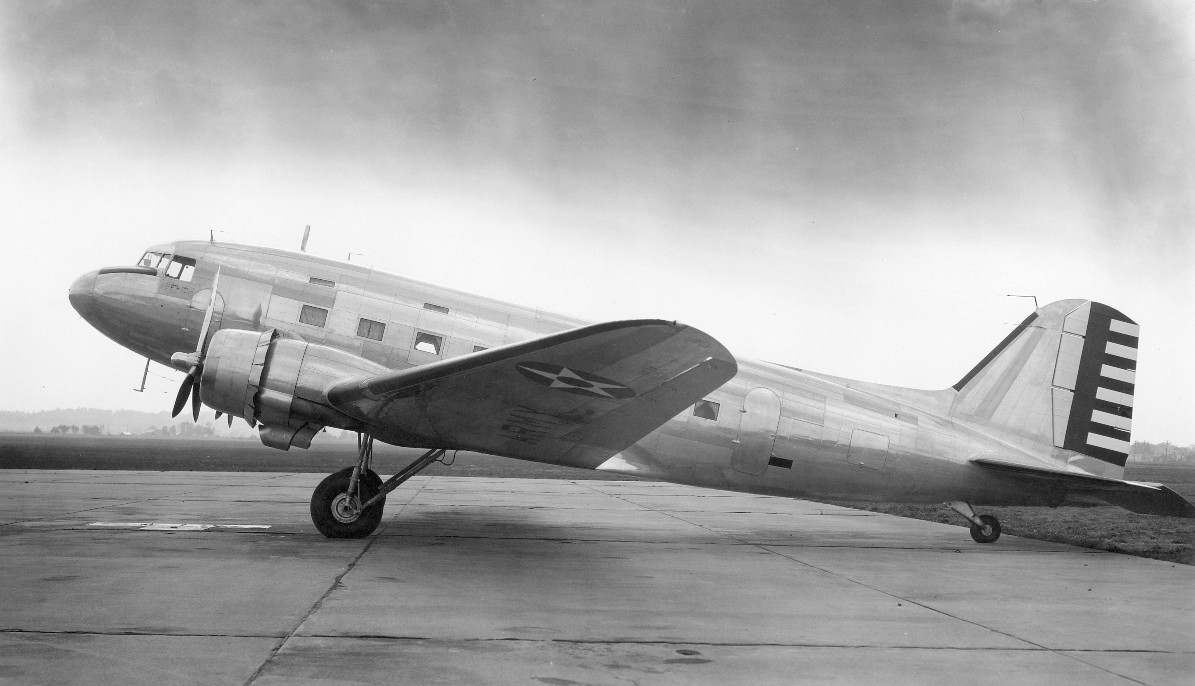
The primary differences between the civil and military airframes was the addition of a cargo door on the left side of the fuselage, a strengthened cargo floor, a navigator’s astrodome and provisions for glider towing.
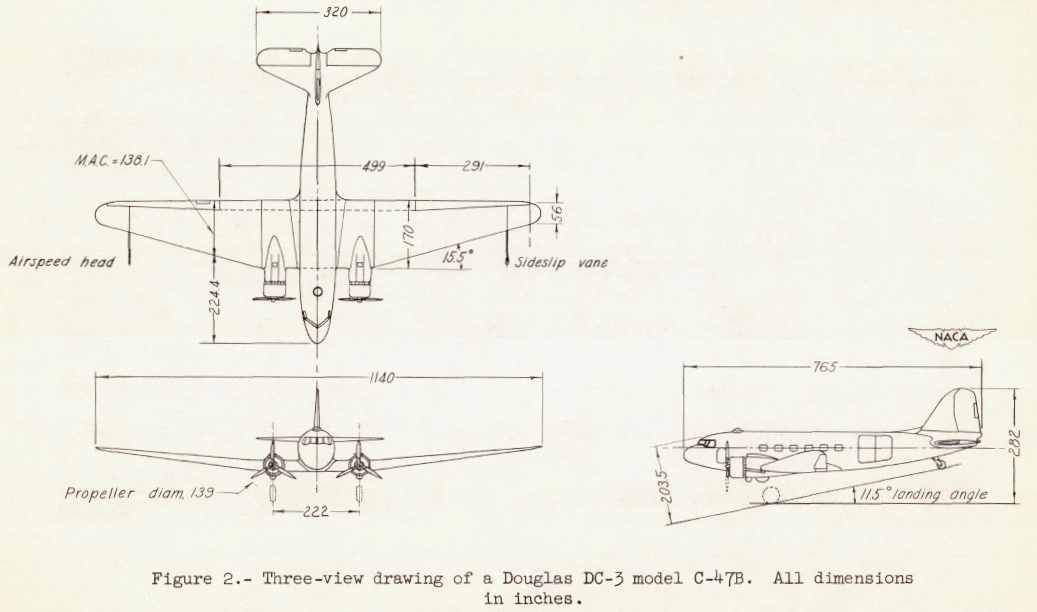
The Douglas C-47 Skytrain is an all-metal twin-engine, low wing monoplane transport with retractable landing gear. It was operated by a minimum flight crew of two pilots, a navigator and a radio operator. The wing is fully cantilevered and the fuselage is of semi-monocoque construction. Control surfaces are fabric-covered.
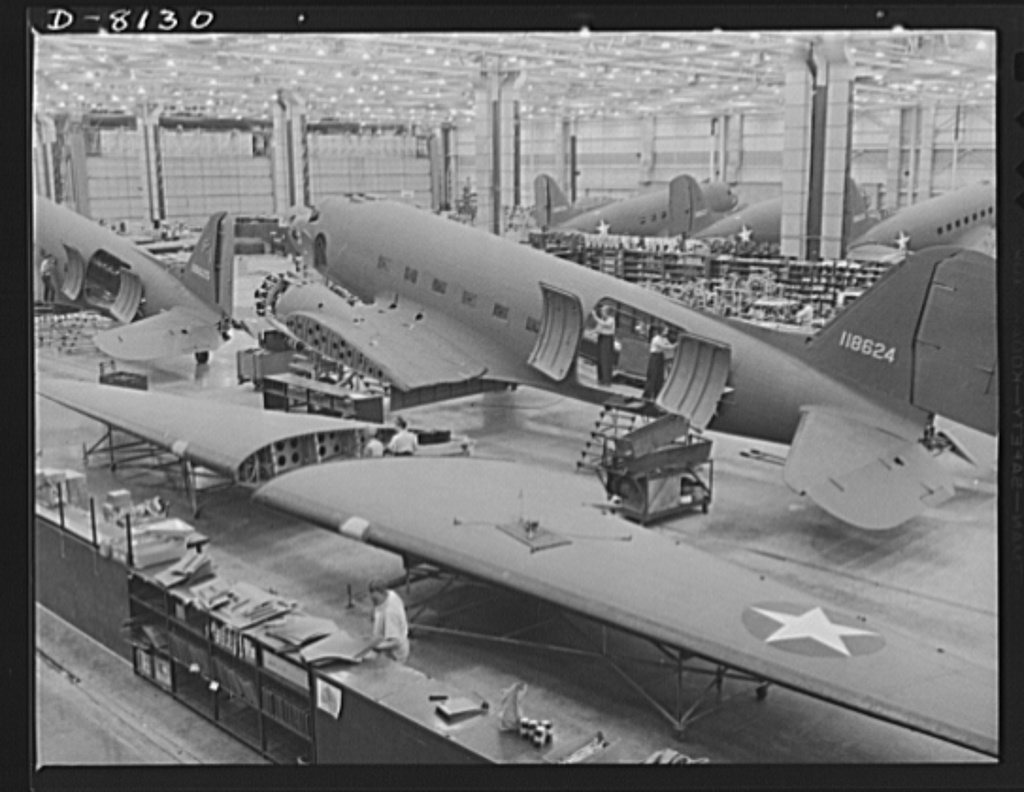
The C-47 is 64 feet, 5½ inches (19.647 meters) long with a wingspan of 95 feet (28.956 meters) and height of 17 feet (5.182 meters). The wing center section is straight, but outboard of the engine nacelles there is 5º dihedral. The wings’ leading edges are swept aft 15.5°. The trailing edges have no sweep. Empty weight of the C-47A is 17,257 pounds (7,828 kilograms) and the maximum takeoff weight is 29,300 pounds (13,290 kilograms).
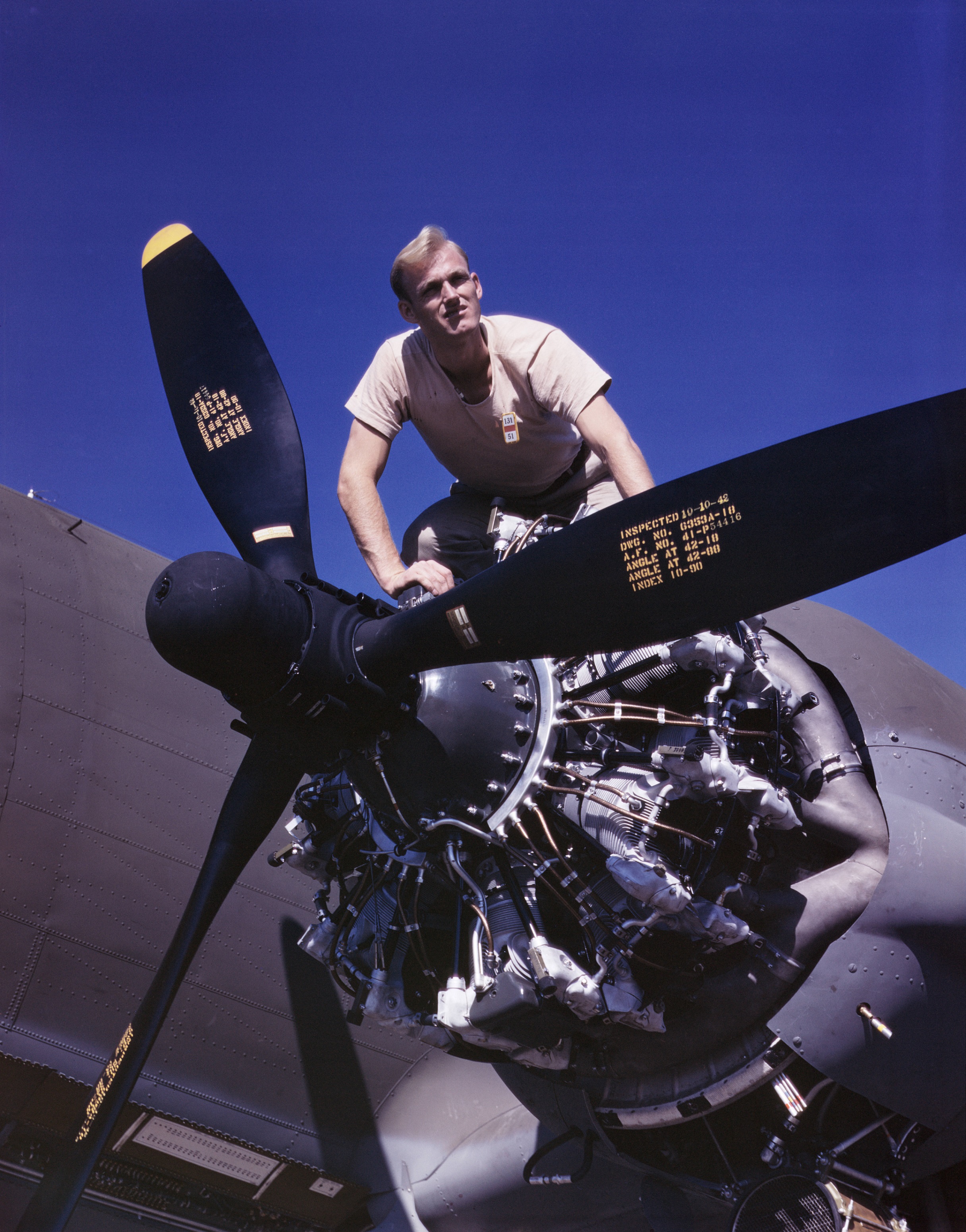
 The C-47 is powered by two 1,829.4-cubic-inch-displacement (29.978 liter) air-cooled, supercharged R-1830-92 (Pratt & Whitney Twin Wasp S1C3-G) two-row 14-cylinder radial engines. These had a maximum continuous rating for normal operation was 1,060 horsepower at 2,550 r.pm., up to 7,500 feet (2,286 meters), and 1,200 horsepower at 2,700 r.p.m., at Sea Level, for takeoff. Each engine drives a three-bladed Hamilton Standard Hydromatic constant-speed full-feathering propeller with a diameter of 11 feet, 6 inches (3.505 meters) through a 16:9 gear reduction. The R-1830-92 is 48.19 inches (1.224 meters) long, 61.67 inches (1.566 meters) in diameter, and weighs 1,465 pounds (665 kilograms).
The C-47 is powered by two 1,829.4-cubic-inch-displacement (29.978 liter) air-cooled, supercharged R-1830-92 (Pratt & Whitney Twin Wasp S1C3-G) two-row 14-cylinder radial engines. These had a maximum continuous rating for normal operation was 1,060 horsepower at 2,550 r.pm., up to 7,500 feet (2,286 meters), and 1,200 horsepower at 2,700 r.p.m., at Sea Level, for takeoff. Each engine drives a three-bladed Hamilton Standard Hydromatic constant-speed full-feathering propeller with a diameter of 11 feet, 6 inches (3.505 meters) through a 16:9 gear reduction. The R-1830-92 is 48.19 inches (1.224 meters) long, 61.67 inches (1.566 meters) in diameter, and weighs 1,465 pounds (665 kilograms).
The C-47 has a cruising speed of 185 miles per hour (298 kilometers per hour) at 10,000 feet (3,048 meters) and service ceiling of 24,100 feet (7,346 meters).
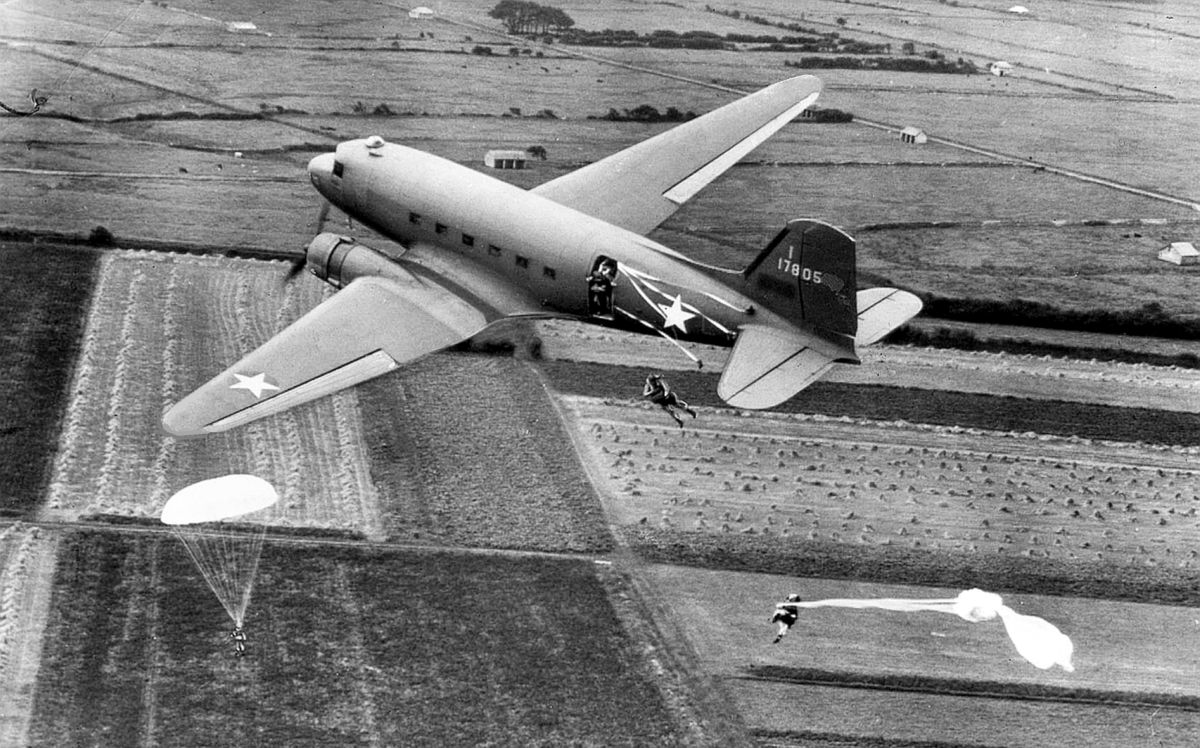
The C-47 could carry 6,000 pounds (2,722 kilograms) of cargo, or 28 fully-equipped paratroopers. Alternatively, 14 patients on stretchers could be carried, along with three attendants.
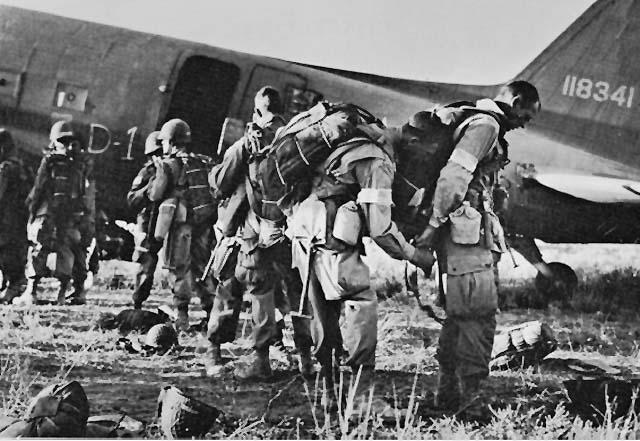
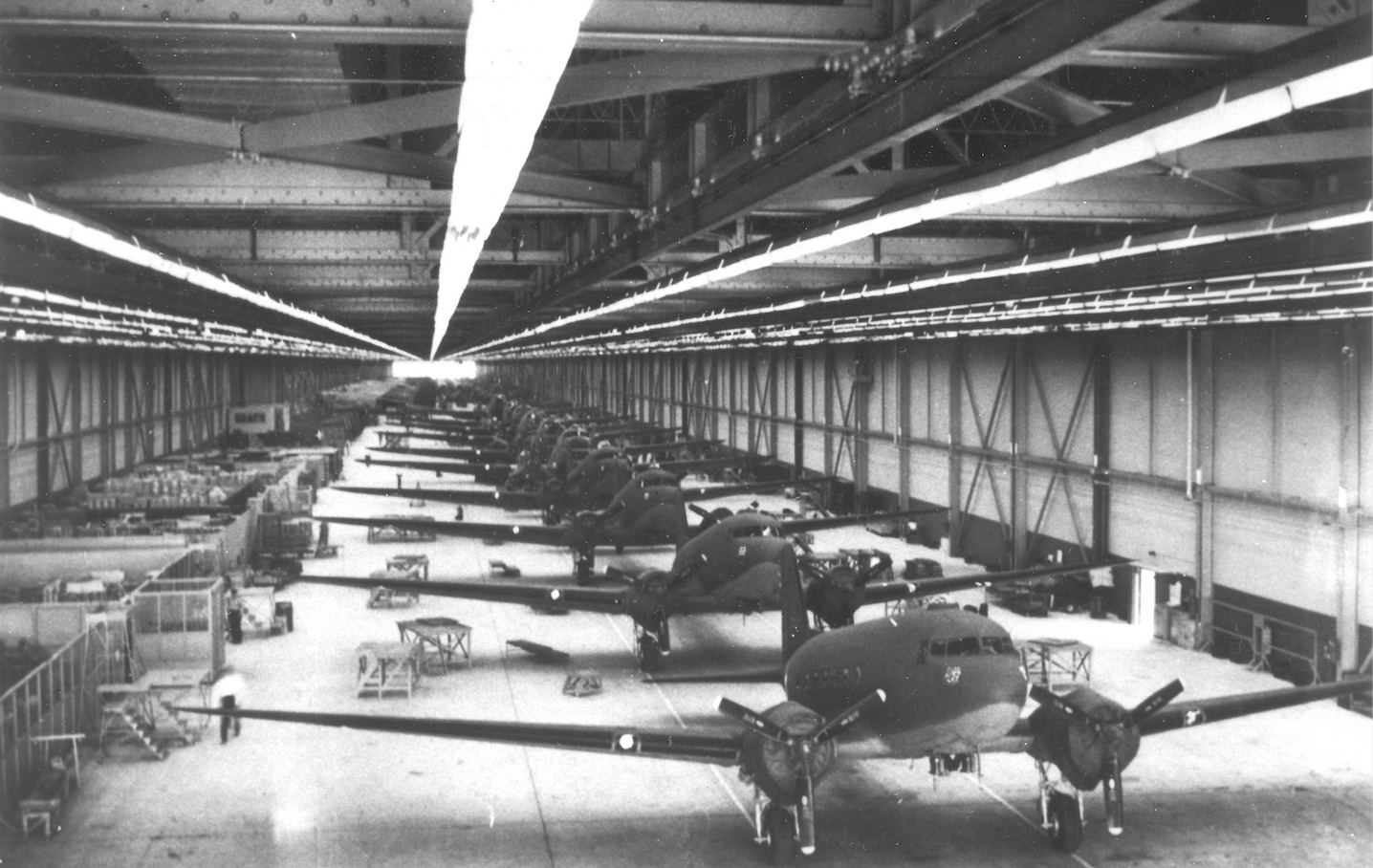
© 2018, Bryan R. Swopes
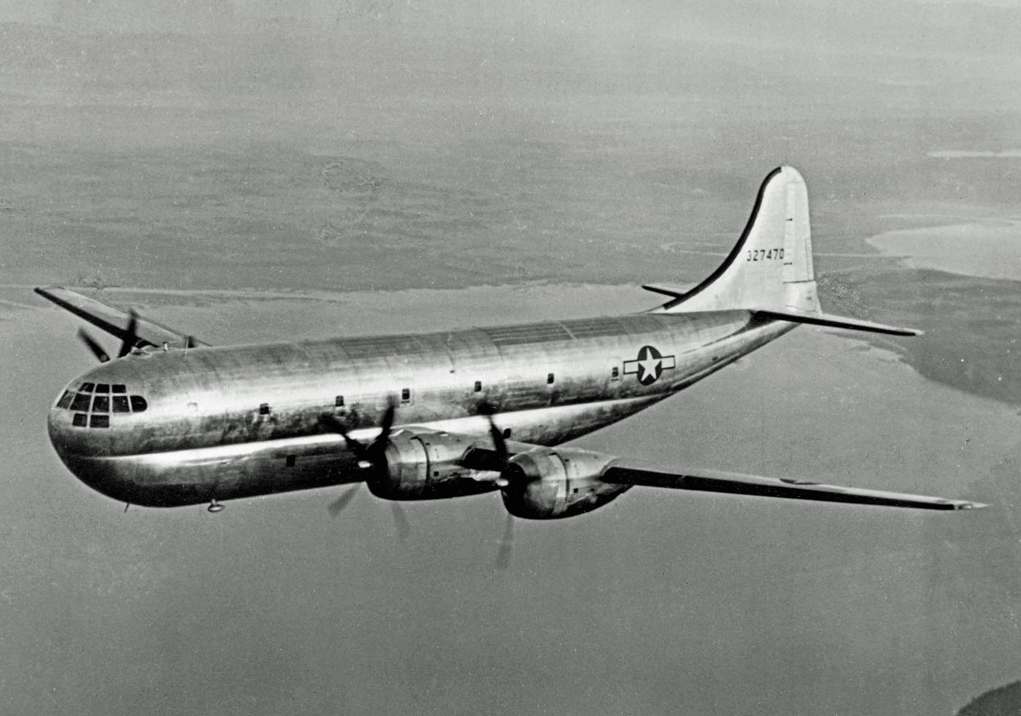
 9 November 1944: Boeing’s senior test pilot, Albert Elliott Merrill, and co-pilot John Bernard Fornasero make the first flight of the Boeing Model 367 prototype, XC-97 43-27470.
9 November 1944: Boeing’s senior test pilot, Albert Elliott Merrill, and co-pilot John Bernard Fornasero make the first flight of the Boeing Model 367 prototype, XC-97 43-27470.
The airplane was a prototype for a very long range military transport. It used the wings, engines and tail of the B-29 Superfortress heavy bomber.
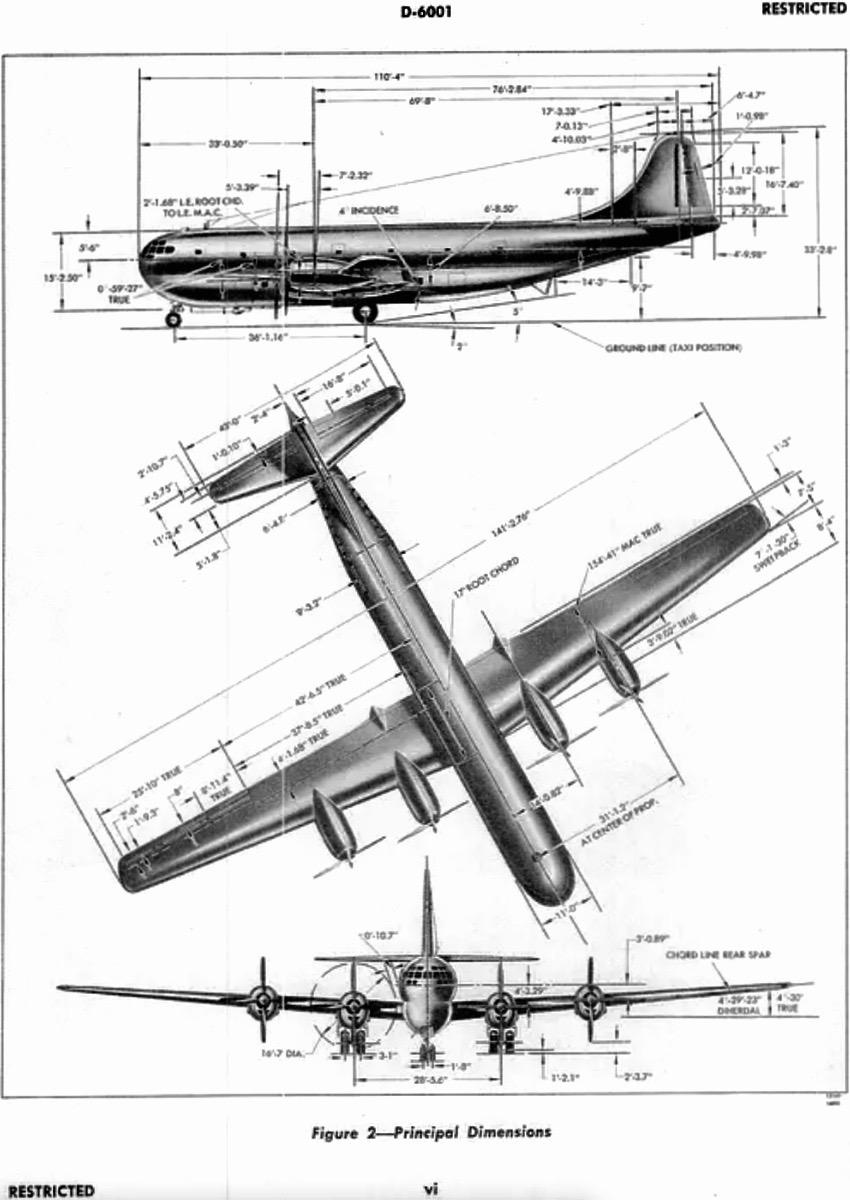
The three XC-97 prototypes were 110 feet, 4 inches (33.630 meters) long with a wingspan of 141 feet, 2.76 inches (43.0469 meters) and overall height of 33 feet, 2.8 inches (10.130 meters).
The production C-97A first flew in 1949. It used the more powerfull engines and taller vertical fin of the B-50 Superfortress. The transport had a flight crew of five and could carry 134 troops or 83 litters. The Stratofreighter’s empty weight was 76,143 pounds (34,538 kilograms) and maximum takeoff weight of 175,000 pounds (79,379 kilograms). The maximum cargo capacity was 67,080 pounds (30,427 kilograms).
The KC-97A had a maximum speed of 334 knots (384 miles per hour, or 619 kilometers per hour) at 26,000 feet (7,925 meters). Its ceiling was 34,500 feet (10,516 meters) and the airplane’s combat range was 1,661 nautical miles (1,911 statute miles/3,076 kilometers).
Boeing built 888 C-97 Stratofreighters and KC-97 Stratotankers between 1947 and 1958. The type was finally retired from the U.S. Air Force in 1978. Another 56 Model 377 Stratocruiser civil transports were produced.
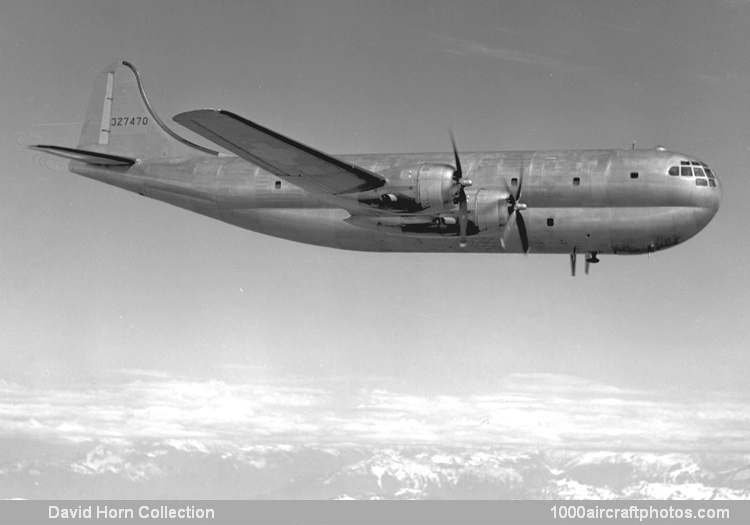
© 2019, Bryan R. Swopes
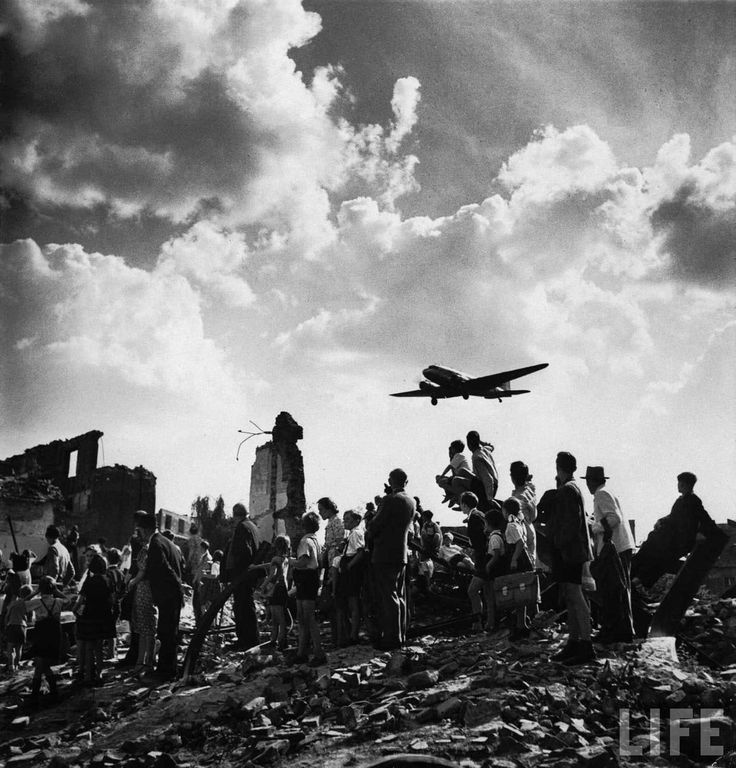
The Berlin Airlift officially ended on 30 September 1949, after fifteen months. In total the United States Air Force, United States Navy, Royal Air Force and Royal Australian Air Force delivered 2,334,374 tons, nearly two-thirds of which was coal, on 280,290 flights to Berlin.
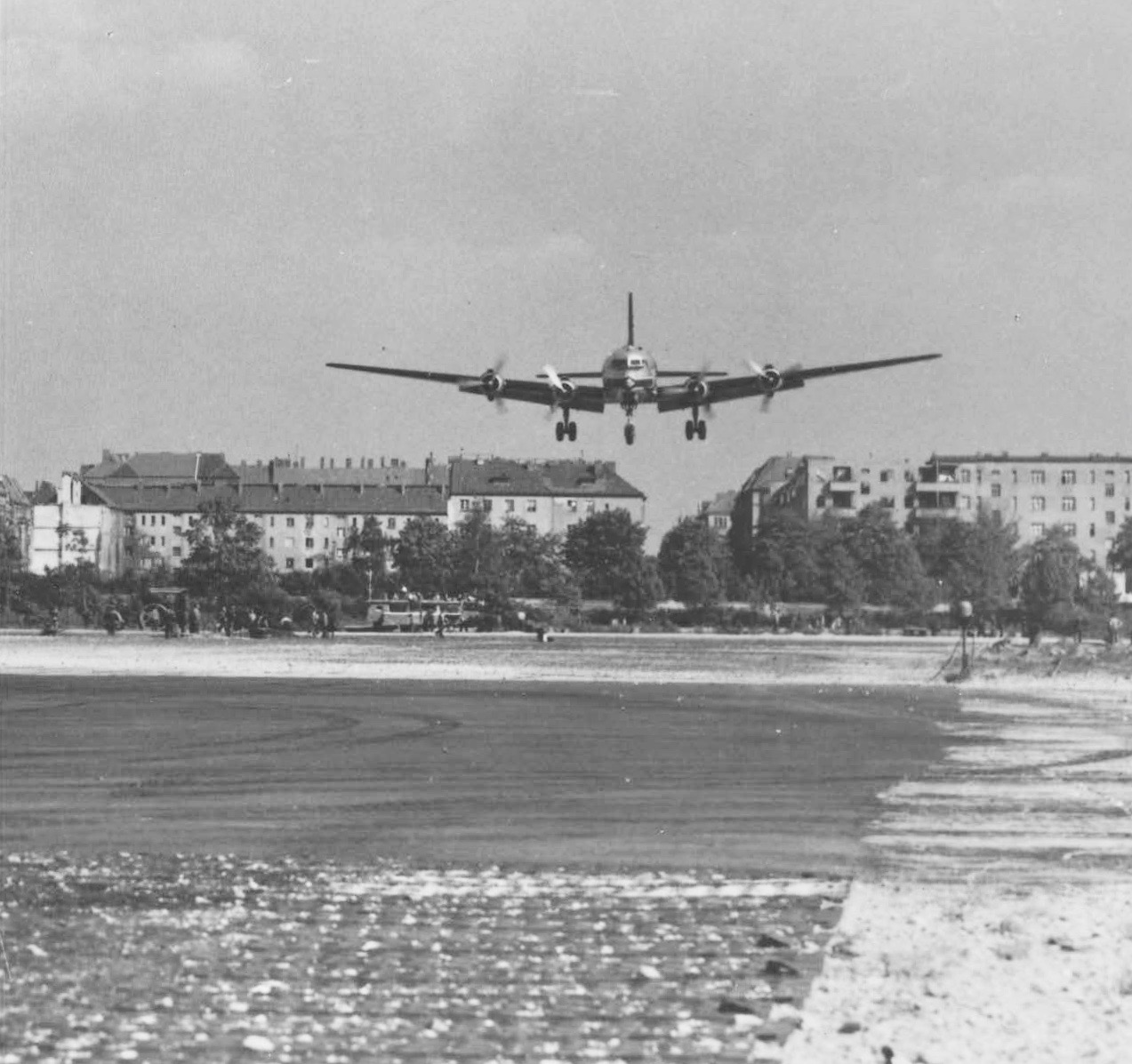
At the height of the Airlift, one plane reached West Berlin every thirty seconds.
101 airmen lost their lives.
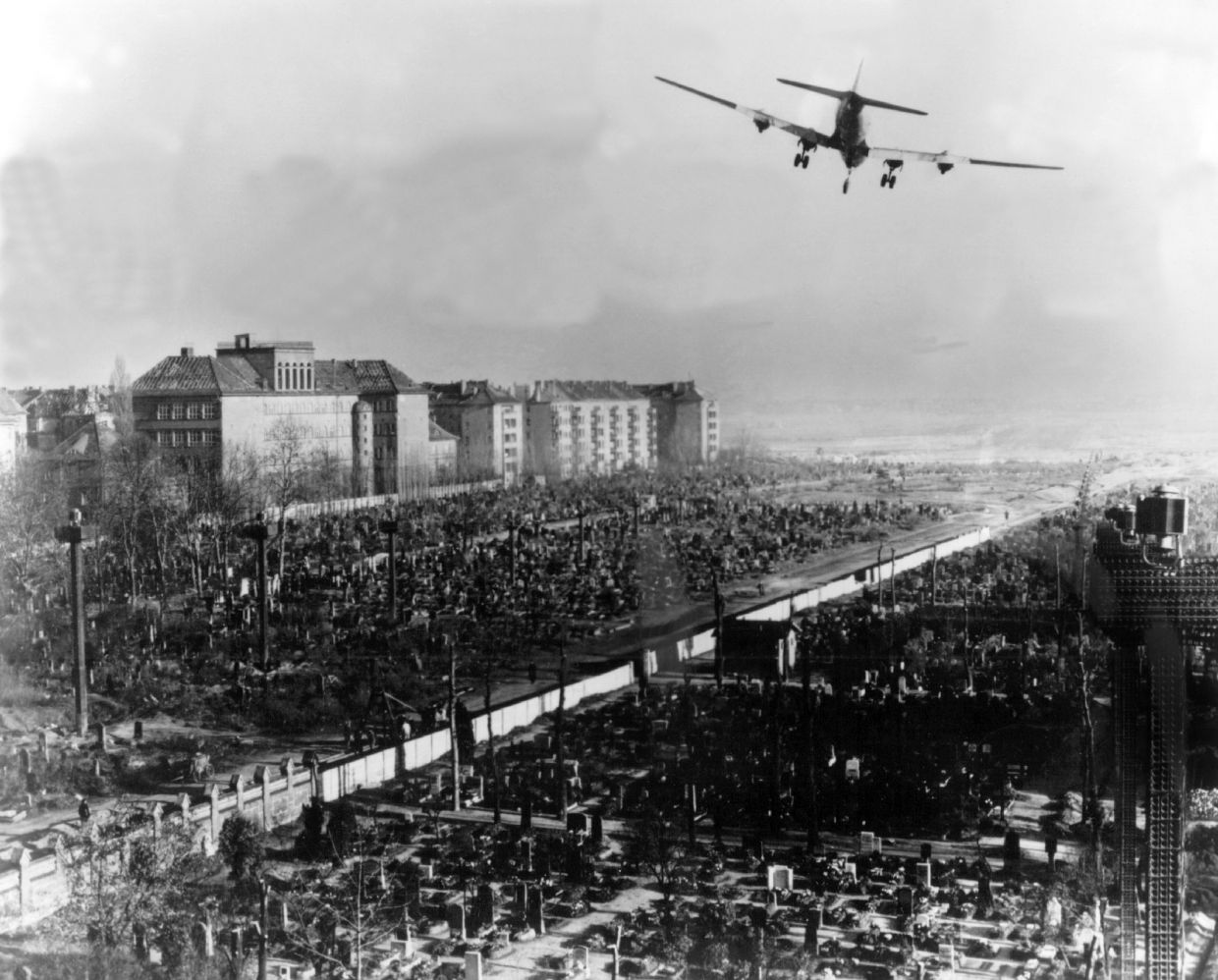
© 2015, Bryan R. Swopes